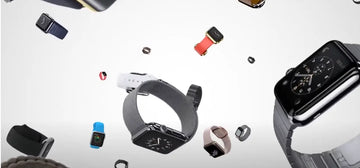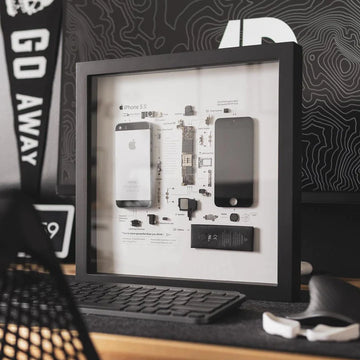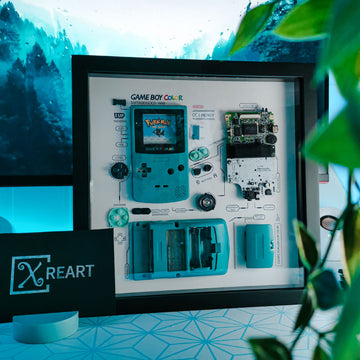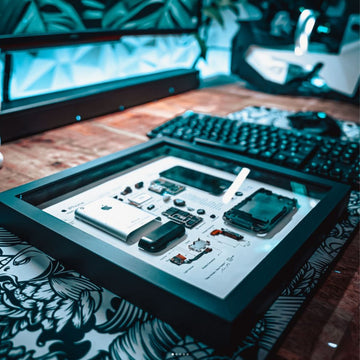The iPhone 13 starts with a full 128GB storage capacity, and the most popular 256GB version has not been canceled, which has been praised for being less expensive for consumers overall.

It seems that Apple has also realized that its strategy of making money off the storage price difference and once again being despised by consumers by releasing a 64GB iPhone in 2021 is no longer working.

With the difference in storage capacity hard to make, Apple has turned to memory again.
Apple doesn't voluntarily disclose the iPhone's memory capacity, and the iPhone 13's memory capacity wasn't disclosed at the event. However, after multiple confirmations, it has been confirmed that the iPhone 13 has the same 4GB of ram as the iPhone12 series, while the Pro version has 6GB.
In 2021, android phones have started with 8GB, and 12GB is the normal level. Some game models already come with 16GB of memory. How come apple's new iPhone has only 4GB of memory?
To understand the relationship between running memory and storage capacity here is relatively easy to understand example:
If you think of a cell phone as a person working at a desk, the person handling the work is the processor. Running memory capacity is equivalent to desktop, the larger the area of the table, the more work can be processed at the same time; The storage capacity is equivalent to the locker under the desk, and the larger the storage capacity, the more information can be stored.
Using this analogy, it's easy to understand that android phones currently have a larger "desktop" than iPhones. But due to differences in the memory management mechanism, Android uses less memory efficiently, equivalent to a messy desktop, which is large but not efficient.
IOS, on the other hand, uses its unique memory management mechanism to organize a 4GB desktop efficiently and conveniently, so you can still get a smooth and smooth experience with a small memory capacity.
The problem is that no matter how good the iOS memory mechanism is, the entire size of the desktop is fixed, and 4GB is starting to stretch itself as applications process more and more data and demand more and more memory.
For example, large mobile games have started to flashback to varying degrees on many 3GB iPhones, and background apps have to be wiped off almost all iPhones after the camera is turned on to take a picture.
Memory has become the shortest way to measure the life of an iPhone. The iPhone 13 has 4GB of memory, which will be enough this year and barely enough next year but will soon run out of money. At this time, likely, we can only choose to replace the device.
At this point, you've already fallen into Apple's trap, which, according to several organizations, puts iPhone loyalty at more than 50%, meaning that more than half of iPhone users will continue to buy iPhones and add to apple's empire.
The iPhone is too durable, so make it less durable in key areas to encourage users to upgrade. It was the downclocking of the processor, then the 64GB version of storage capacity, and now 4GB of operating memory takes over.
This is apple's plan for planned obsolescence.

What about dead iPhones? Of course, you don't have to worry. Now there's also a group of artists turning iPhones into art presentations of a different kind, taking broken or old iPhones apart into photo frames adding a lot of fun in the combination of technology and art to life. Xreart makes Teardown Framed Artworks by disassembling electronic products and also sells frames and DIY kits for iPhone, Samsung, Blackberry, PSP, Gameboy or LEGO, etc, and offers free parts sketch. It's the best gift idea among decorations, collections, and tech products.Xreart takes you on a tour of the most classic and revolutionary tech products by deconstruction art and brings the nostalgia of that era.










